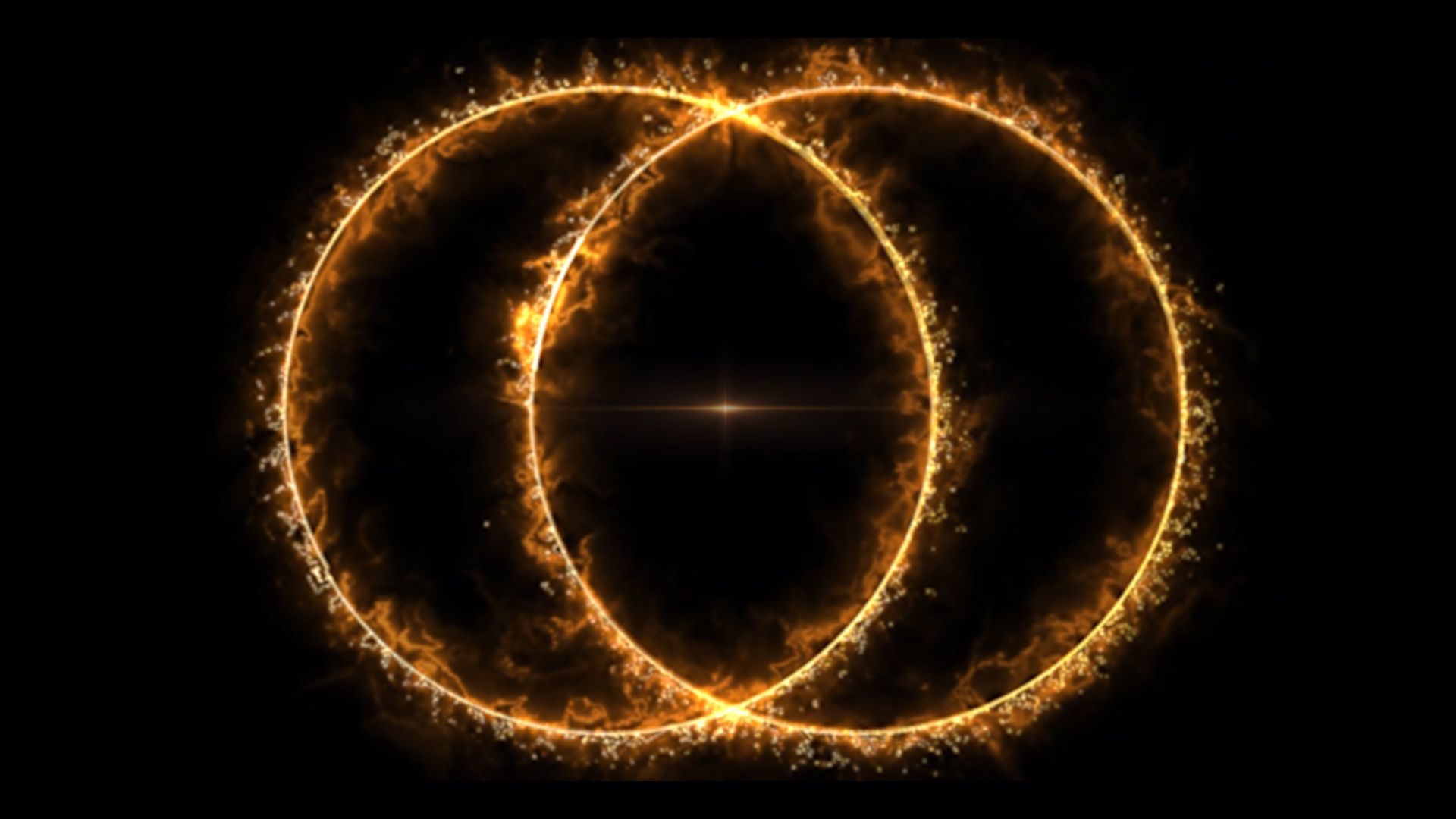Researchers have confirmed that massive “space hurricanes” are swirling over Earth’s polar regions, injecting vast amounts of energy into the upper atmosphere and even interfering with GPS signals. These plasma-based storms, invisible to most of the world, share striking similarities with traditional hurricanes but occur in the realm of charged particles high above our planet.
How Space Hurricanes Form And Behave
A space hurricane resembles its atmospheric counterpart, with spiral arms, a central eye, and a circular flow. The difference lies in its composition: instead of air, it is composed of plasma, a stream of electrically charged particles. Even its “rain” is unusual, made up of high-energy electrons rather than water.
These storms are triggered by an unusually rapid transfer of solar wind energy and charged particles into the Earth’s ionosphere, particularly around polar regions. A recent study analyzing a space hurricane from 2014 revealed that the energy released during such an event is comparable to that of a magnetic storm, powerful enough to disturb the magnetic field at high latitudes.
The Invisible Impact On Navigation Systems
While these storms occur far from everyday life, their effects can reach technology on the ground. Researchers report that space hurricanes can create phase scintillation in signals from Global Navigation Satellite Systems, including GPS. These disturbances reduce the accuracy and reliability of navigation, posing potential challenges for aviation, shipping, and any system that relies on precise geolocation.
Because these storms typically occur during the polar regions’ months of continuous daylight, they can also trigger auroral activity that is difficult to observe. “Space hurricanes can cause aurorae, but they usually happen during the day so it’s hard to see them,” researchers noted, underscoring their elusive nature.
A Newly Recognized Space Weather Phenomenon
Space hurricanes were only officially identified in 2021, but scientists have since traced them back through decades of archived magnetospheric data. Between 2005 and 2016, researchers documented 329 events in the Northern Hemisphere and 259 in the Southern Hemisphere. These storms are most likely to form in the hemisphere experiencing polar daylight, above a magnetic latitude of 80°.
Their occurrence appears to be influenced by the solar cycle, the Earth’s magnetic field, and even seasonal changes. This emerging field of research highlights just how much remains unknown about space weather and its impact on our planet’s upper atmosphere.
What The Research Reveals
By studying the 2014 event, scientists demonstrated that space hurricanes are far from rare anomalies. Instead, they are recurring plasma storms that interact dynamically with Earth’s magnetic environment. Their ability to interfere with navigation satellites underscores why continued monitoring of space weather phenomena is critical.
The study, published in the journal Space Weather, adds to a growing body of evidence suggesting that these plasma cyclones may become an increasingly important factor in understanding our planet’s relationship with the Sun.
Source link
